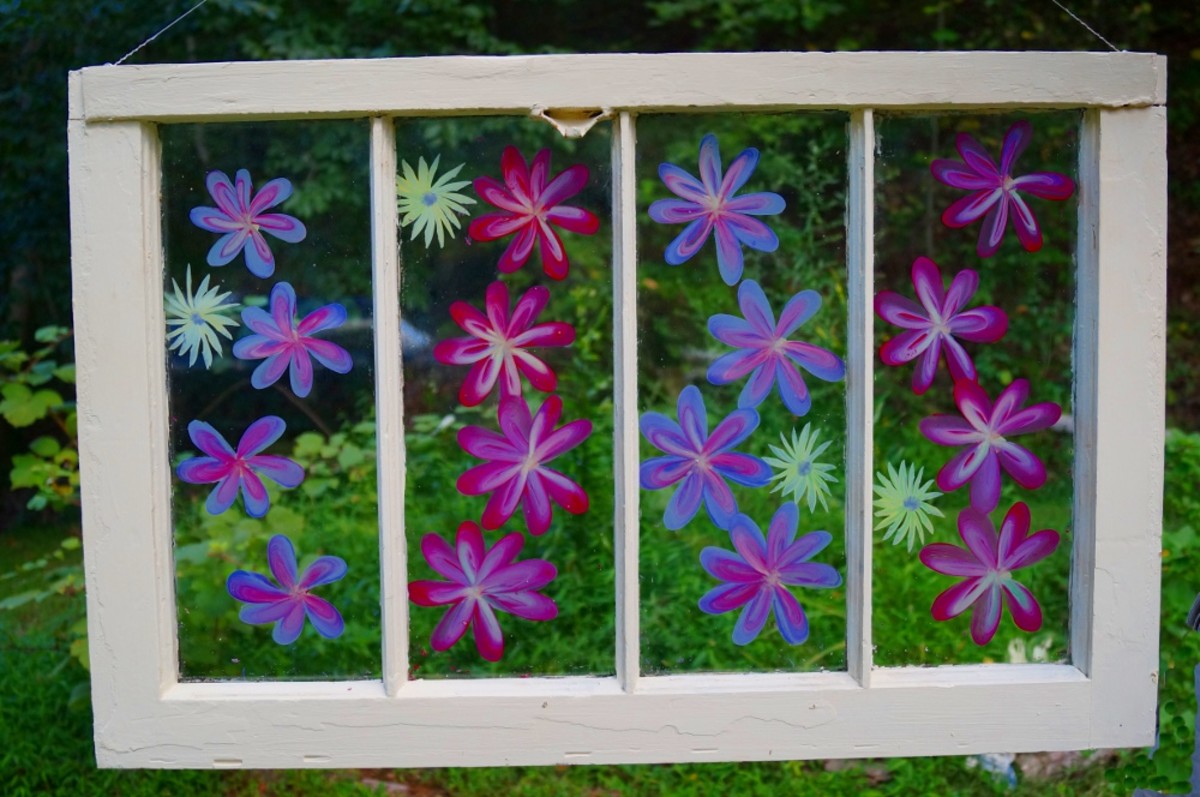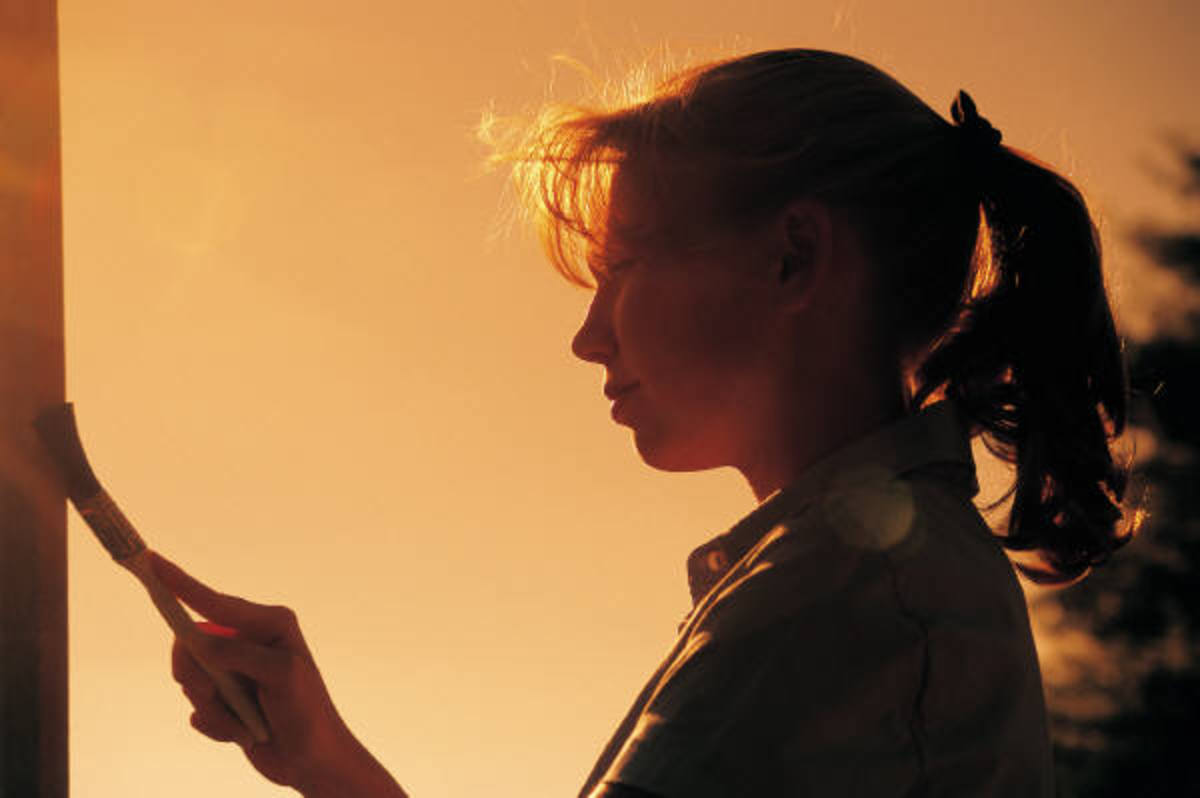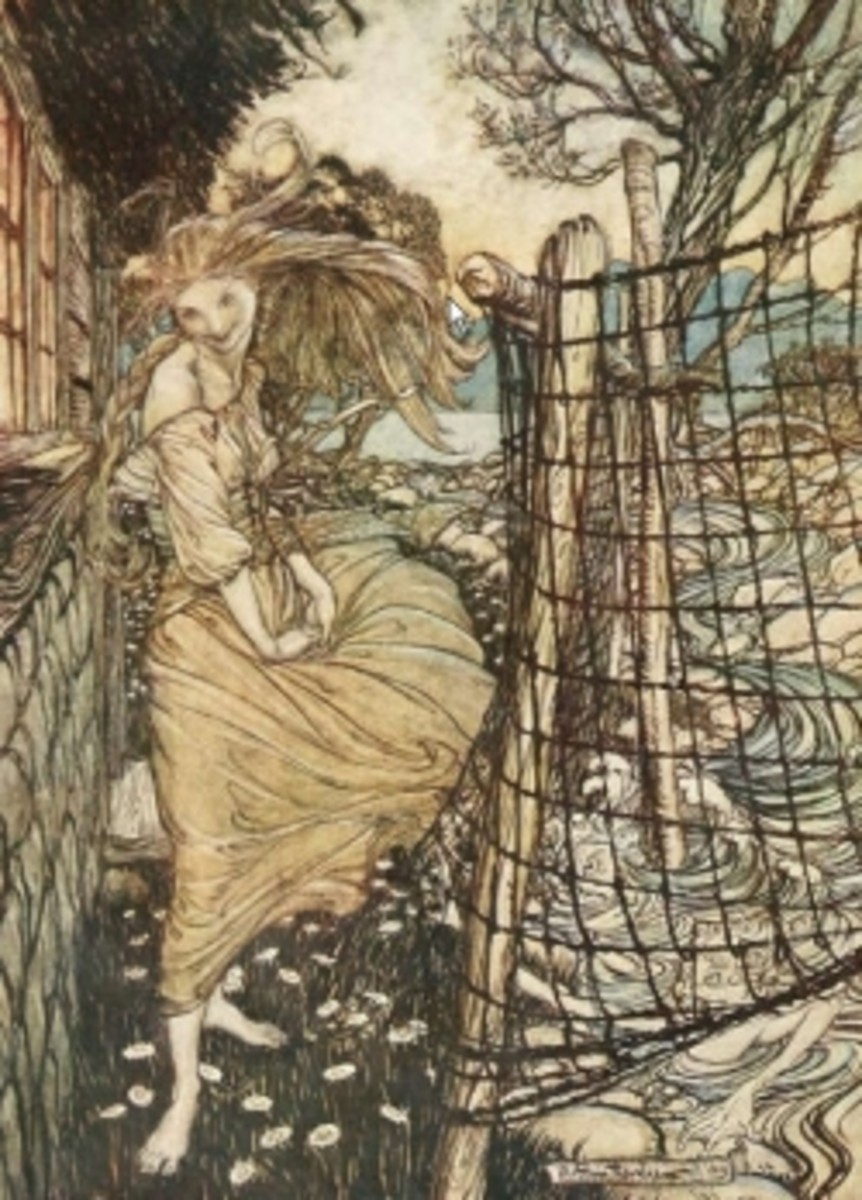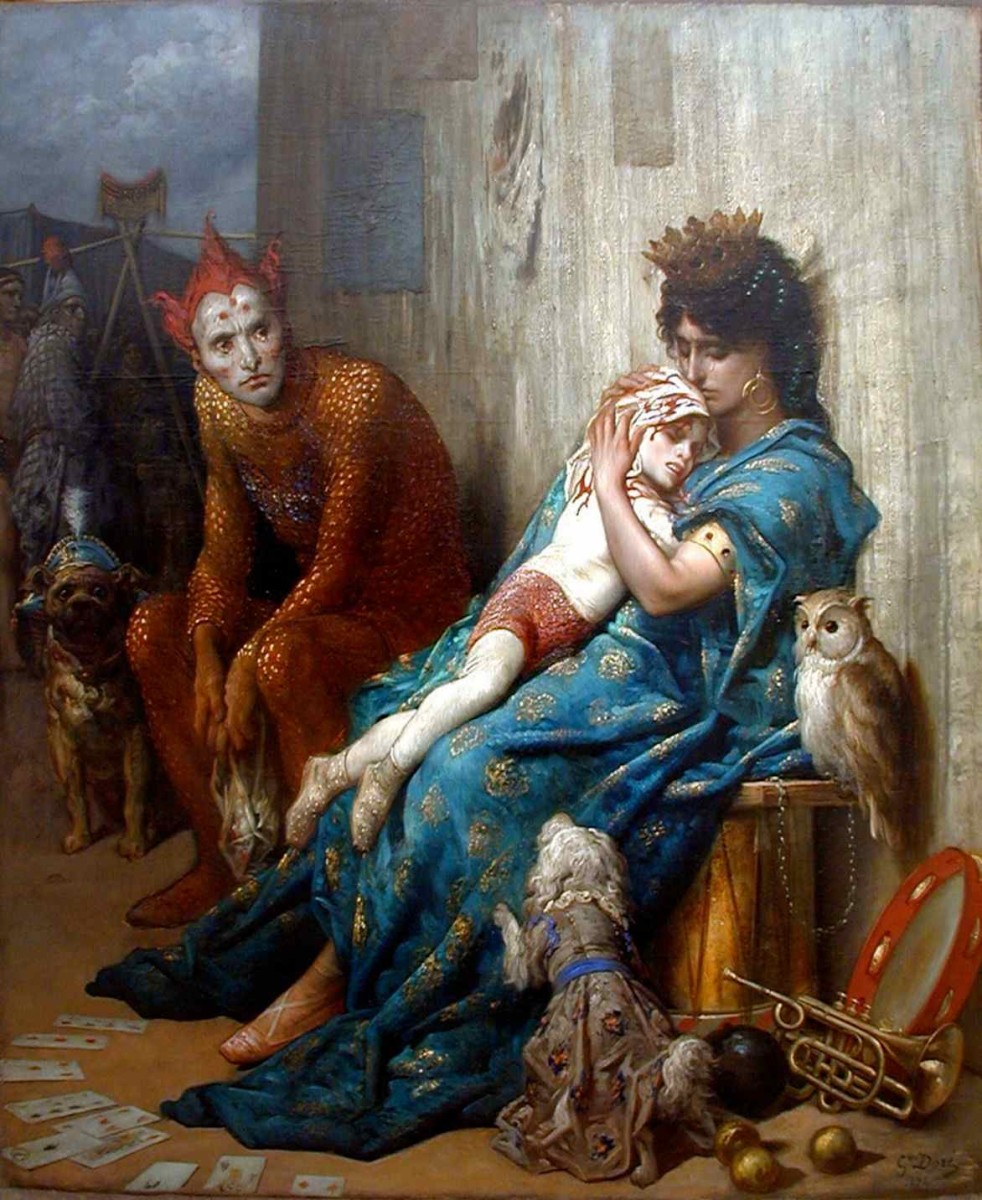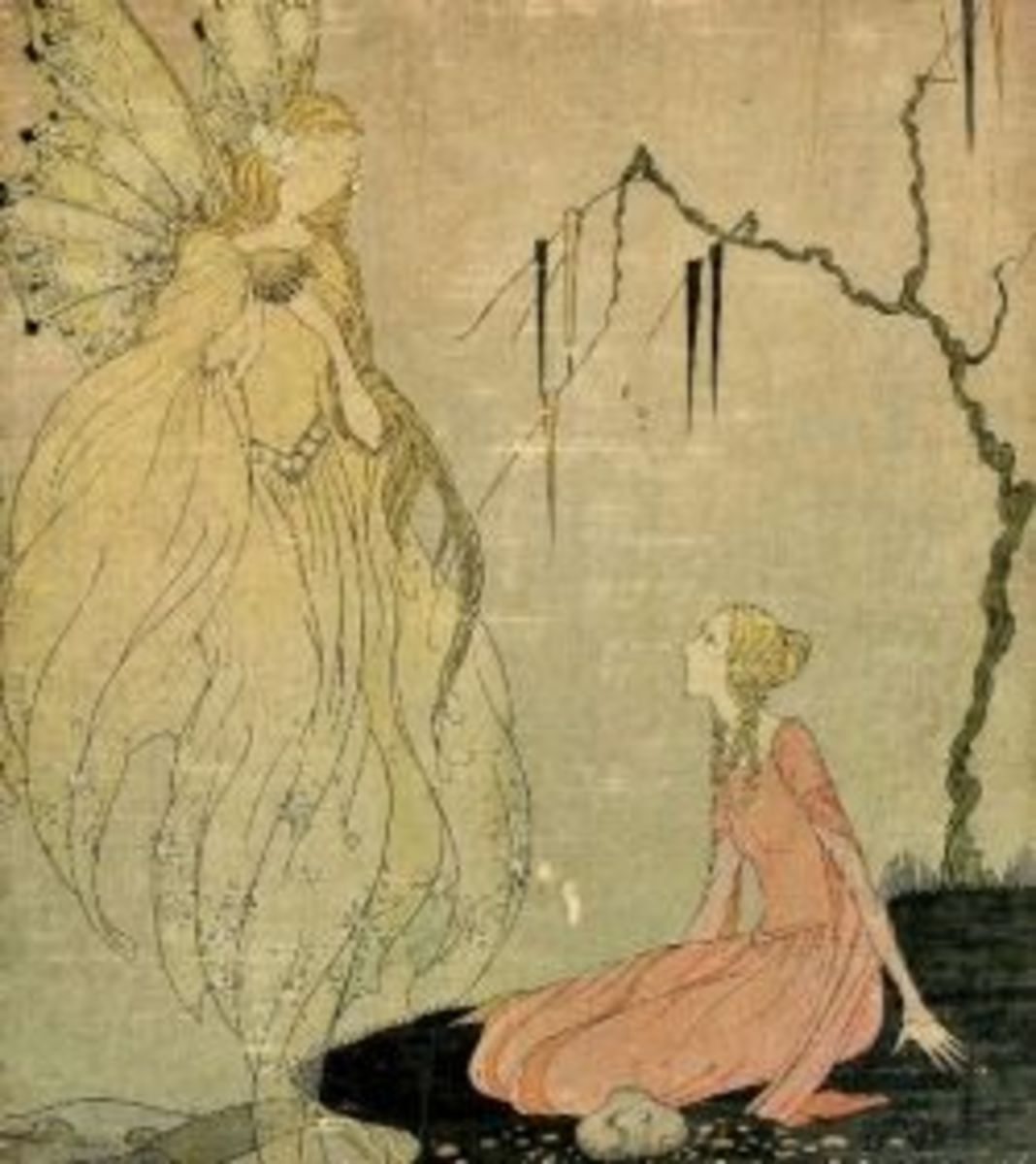Abstract Art Painting Ideas
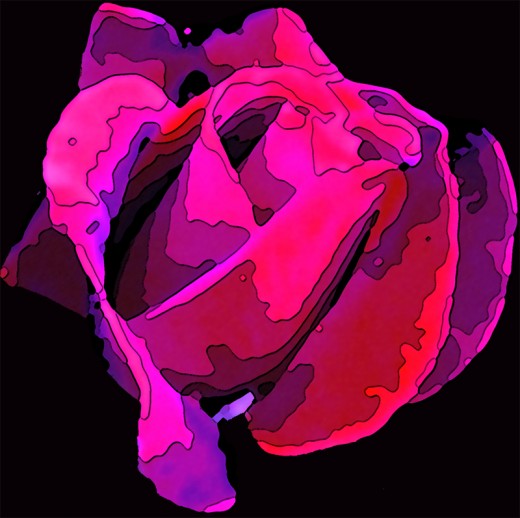
What’s that supposed to be?
Abstract art is a difficult concept for many people to understand. Some people complain that abstract paintings aren’t realistic. They say they’ve read the placard on the wall next to a painting in a museum, and the subject mentioned in the painting’s title doesn’t appear in the painting. They don’t see the subject of the painting.
The subject mentioned in the painting’s title does appear in the painting, but not in a form that many viewers will recognize. There isn’t any rule or law which states that the subject of a painting must look like the object or scene or person in question.
The colors are there, the lines are there, as are the shapes and often the textures. The emotions the artist felt when viewing or thinking about the subject of the painting are there.
What is abstraction?
Abstraction—to abstract from something—means "to draw away from, to separate."
Let's say I go to my local farmers' market and buy 10 apples. If I separate the 10 from the apples, I have an abstract number, since it no longer means 10 particular objects.
What if I decide to paint a picture of the apples? When I look at them closely, I see that no two are alike. If I leave out any small details when executing my painting, I am abstracting a part of what I’m actually seeing. I’m taking something away from the apples. Even the most realistic painting of my apples will be an abstraction of sorts—it is impossible to paint the picture without leaving out something.
Abstraction goes into the creation of any work of art, whether the artist realizes it or not. The ancient Egyptians drew stick figures on their wall paintings, and the ancient Greeks painted geometric shapes on their pottery.
During the Renaissance, artists began using abstraction in a conscious and controlled way. They found that the shapes of nature were easier for the eye to see if they were broken down into simplified and regular geometric shapes.
The Start of the Abstract Movement
In the beginning of the 20th century, Paul Cézanne and Georges Seurat rediscovered the control of natural shapes, as painted by the Renaissance artists. They concluded that every shape in nature was based upon the sphere, the cone, and the cylinder. It was the work of Cézanne and Seurat that started the abstract movement in modern art.
A brilliant example of this is George Seurat's A Sunday Afternoon on the Island of La Grande Jatte.
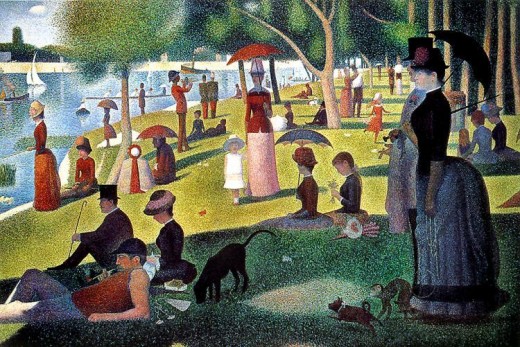
How to Create Abstract Art
The easiest way to create abstract art is to start with a photograph. Take a digital photograph of something in nature—flowers, trees, a simple landscape or seascape—and upload it to your computer. Make a copy of the original; you’ll want it for reference purposes.
Using your favorite graphics program, change the image. Distort it, change the colors, change the texture, blur the edges.
Erase some of the picture. Add an image on another layer. Let part of the image show through the erased part of the original layer.
Another way to create abstract art is to use your favorite graphics or paint program. Relax, start applying color, transform the areas of color into shapes. Soon, a painting will emerge.
One of my good friends, Mohan Kumar, who publishes his work on HubPages using the pseudonym Docmo, is a talented artist as well as an excellent writer and photographer. Most of Mohan's Hubs are illustrated with his photographs, photo collages, paintings, and drawings.
Mohan created this painting especially for my article to illustrate how a blank canvas can be transformed into an abstract work of art.
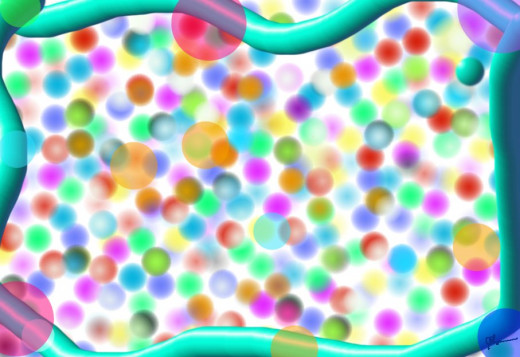
Art Preference
Do you prefer abstract art or realistic art?



